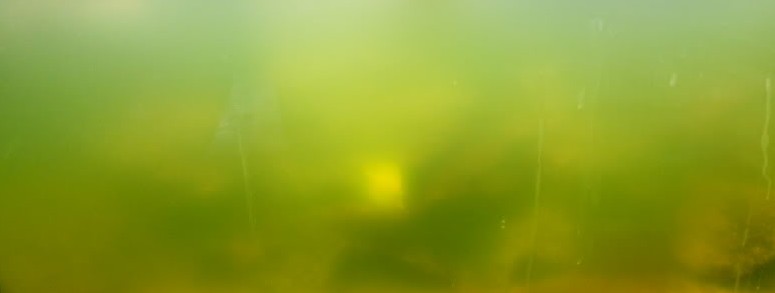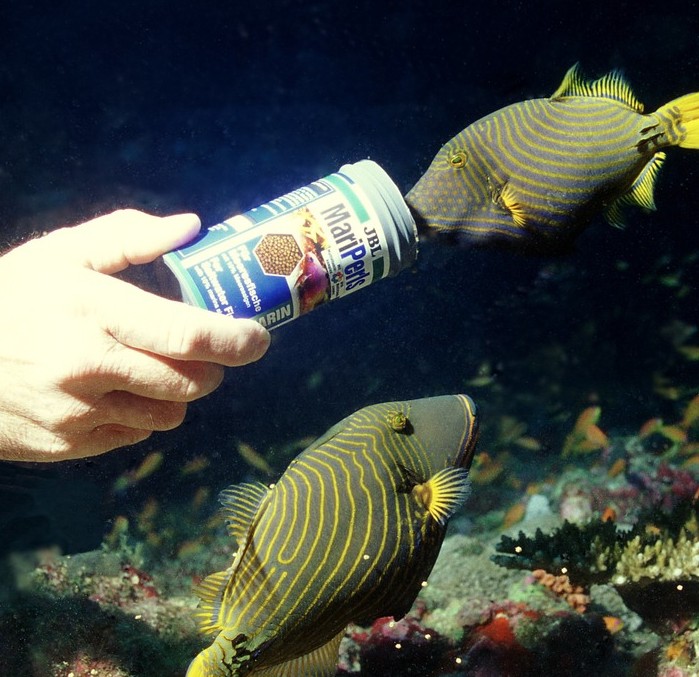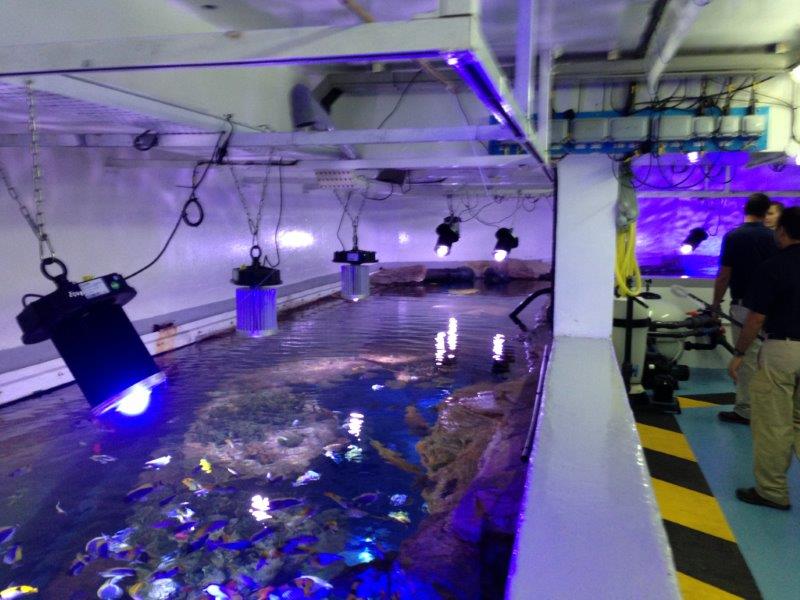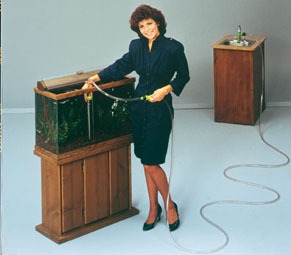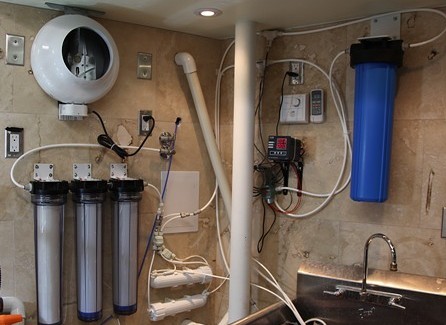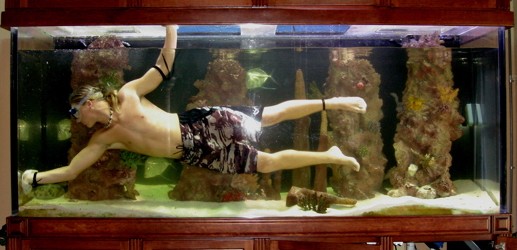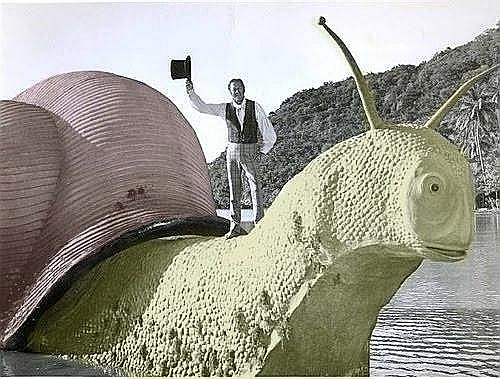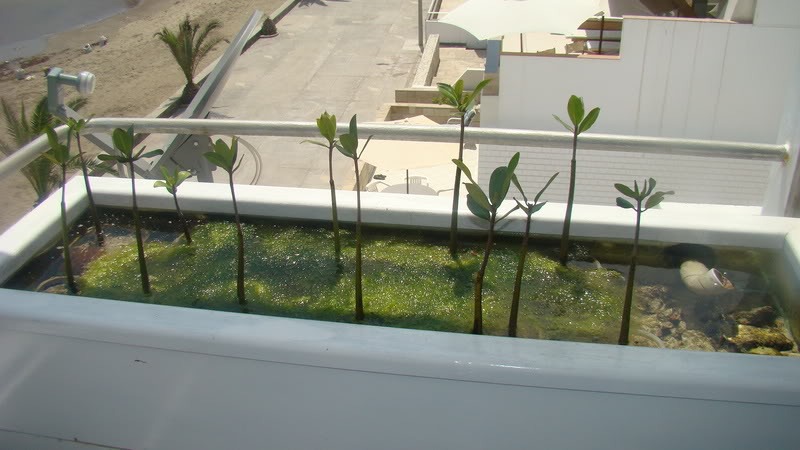10 TIPS to Stop Nuisance Algae Growth
1. Feeding. Feed fish sparingly and use foods that contain a low amount of phosphate as most foods do contain phosphate. It is much better to feed smaller amounts more frequently than a large amount at one time. New Life Spectrum pellet food is one example of a nutritious food with a low amount of phosphate. Having more fish than the system can safely support will promote nuisance algae so overstocking is not recommended unless you are a very experienced aquarist with the tools and know how to keep dissolved organics at a low level.
2. Lighting. The type of lighting you are using can greatly affect the growth of nuisance algae in a system. Lighting that has a high amount of green and yellow can increase nuisance algae growth. Orphek LED systems do not use LEDs that promote nuisance algae growth.
3. Photoperiod. Length of photoperiod can also affect growth of nuisance algae. For reef set ups a photoperiod of no longer than 10-14 hours should be used. For fish only, 6-10 hours.
4. Water Changes. A 10% weekly water change is recommended. Most aquarists are not inclined to do this so you can substitute with a 20% change every two weeks. Water changes dilute and remove dissolved organic compounds in the water that promote nuisance algae growth. It is a good idea to use a gravel vacuum to remove dissolved foods etc from the sand bed. Regular testing for nitrates and phosphates is highly recommended and is a good indicator of whether you are winning or losing the battle. Nitrates should be kept below 10ppm and no phosphates should be present.
5. Quality of Water Used For Water Changes. The quality of water used for water changes is of utmost importance. If you are using tap water it is a good idea to test the water for nitrates and phosphates. An inexpensive TDS meter is also a valuable tool. Most serious aquarists will use RO water for water changes and top offs. The TDS meter also comes in handy here as it will indicate when filters need to be changed or the membrane itself.
6. Filter Media. You can improve your filtrations system by using media that will help purify and remove dissolved organics from your water. These media include phosphate removers and a good grade of activated carbon. A media reactor is a good tool for this purpose. Also be sure to clean or change mechanical filtration pads or sponges weekly.
7. Remove Algae. Remove algae from glass or acrylic panels often. This will help prevent the spread of algae already present in the system. This is one reason why it is important to clean or change the mechanical media weekly.
8. UV/Ozone. UV sterilizers and ozone generators can increase the ORP level in systems creating a healthier environment. The drawback with UV is that it will also kill any beneficial organisms that pass through it. Ozone is a much better alternative and can quickly raise ORP levels in a system. High ORP levels increase oxidation of unwanted nutrients in the system.
9. Clean Up Crew. The use of a cleanup crew is highly recommended. Crabs, snails, and other algae eating invertebrates are a big help in lowering nuisance algae.
10. Refugium. Using a refugium is a great way to lower phosphates and nitrates in a system. Chaeto is usually the recommended choice although other species of macro algae are used just as effectively. Macro algae removes dissolved compounds from the water thus robbing the nuisance algae of these needed nutrients. As the macro algae grow it can be easily cultivated or removed from the system.
